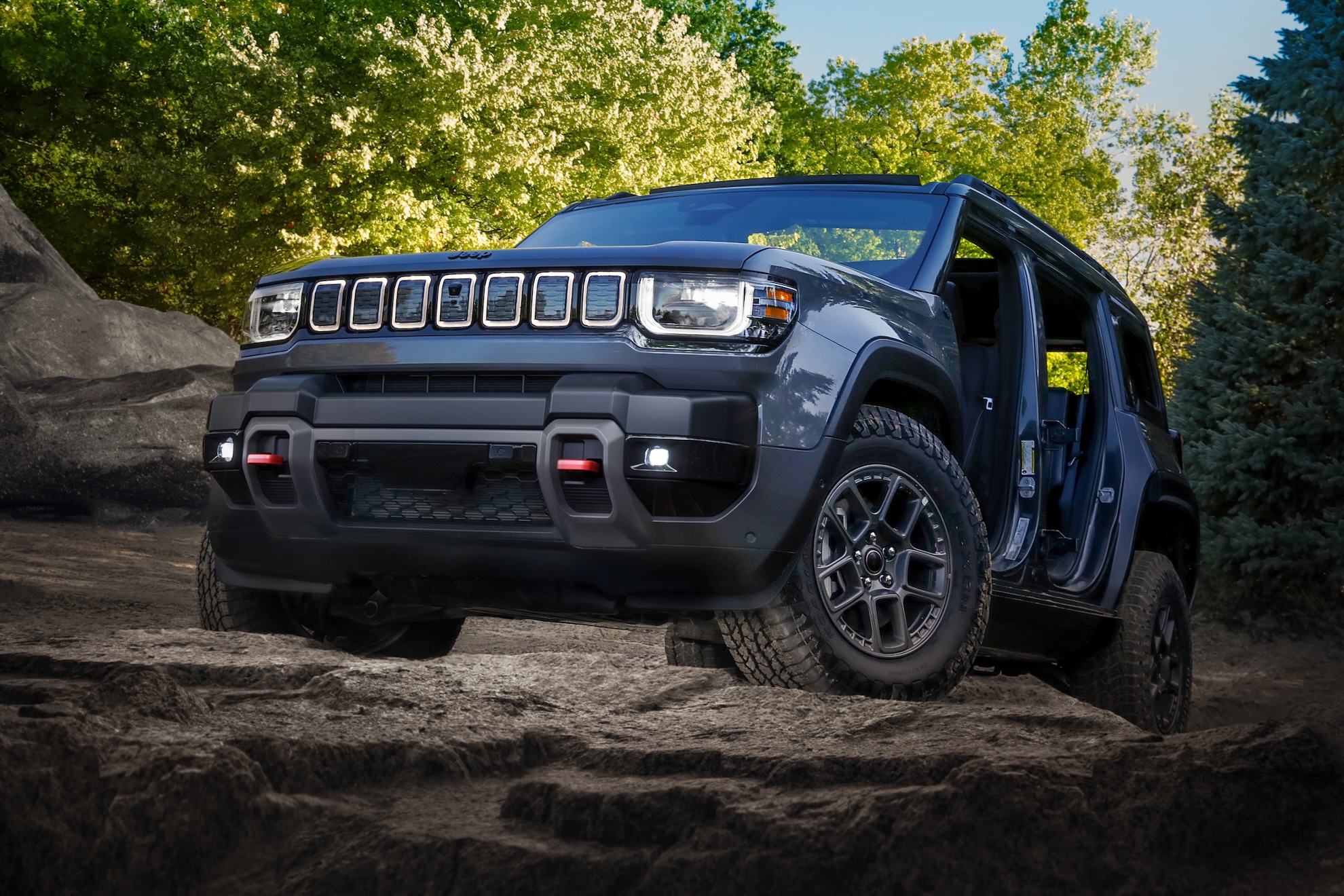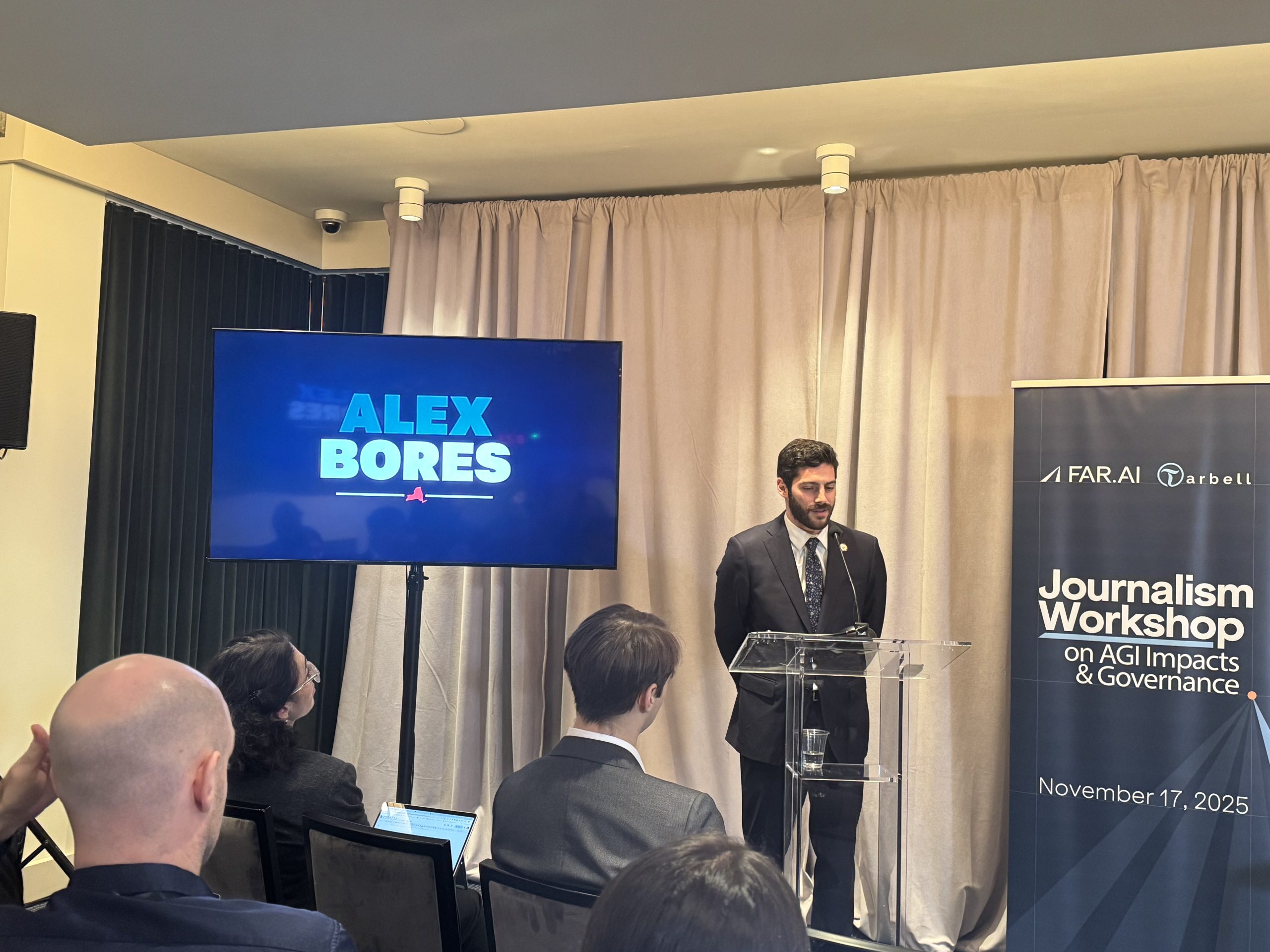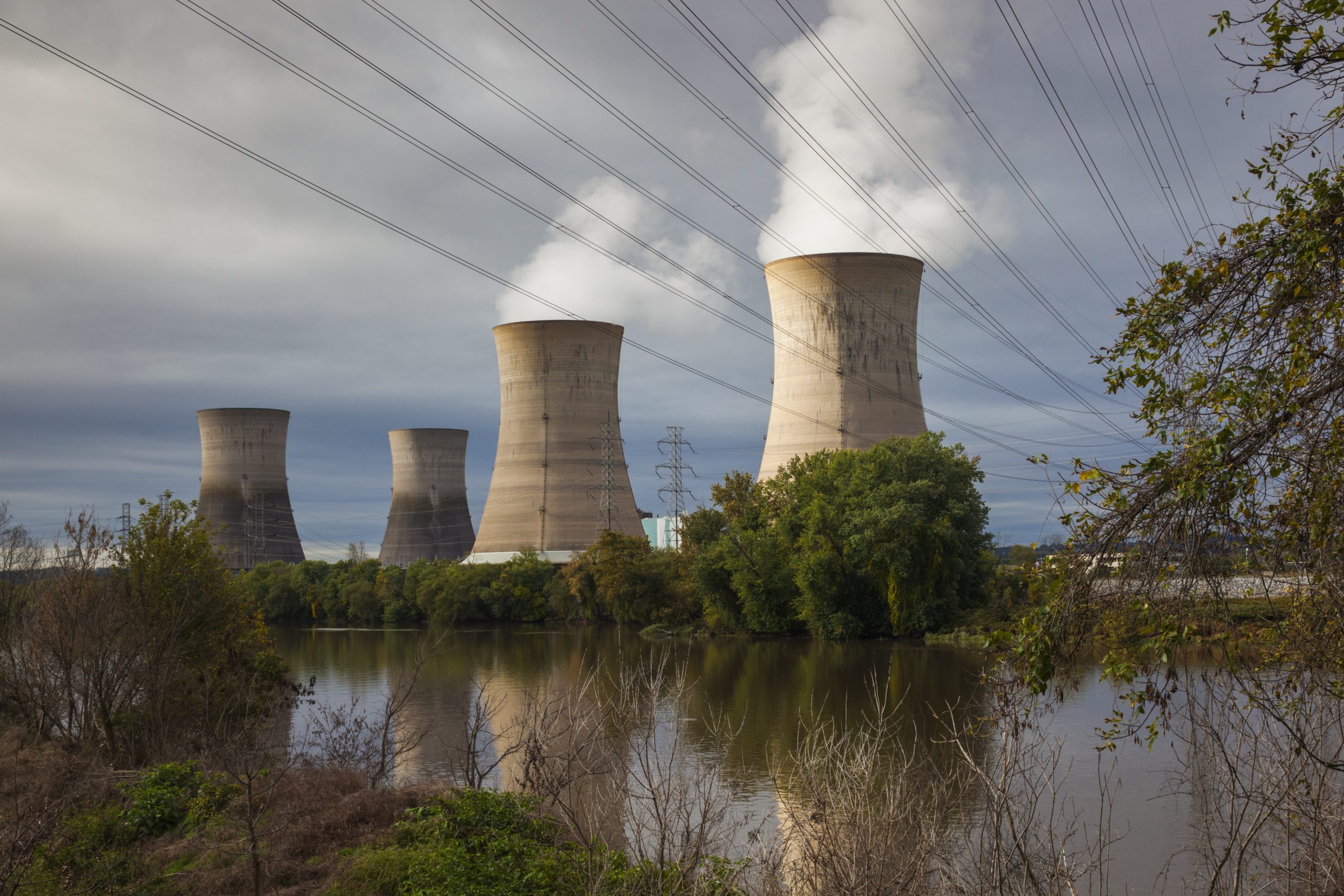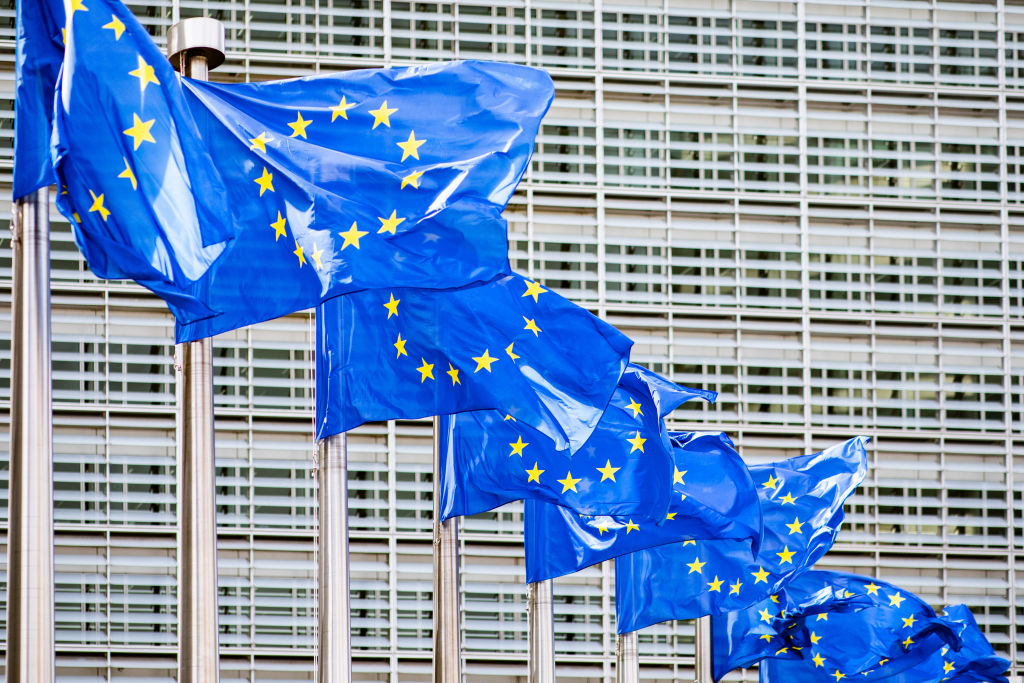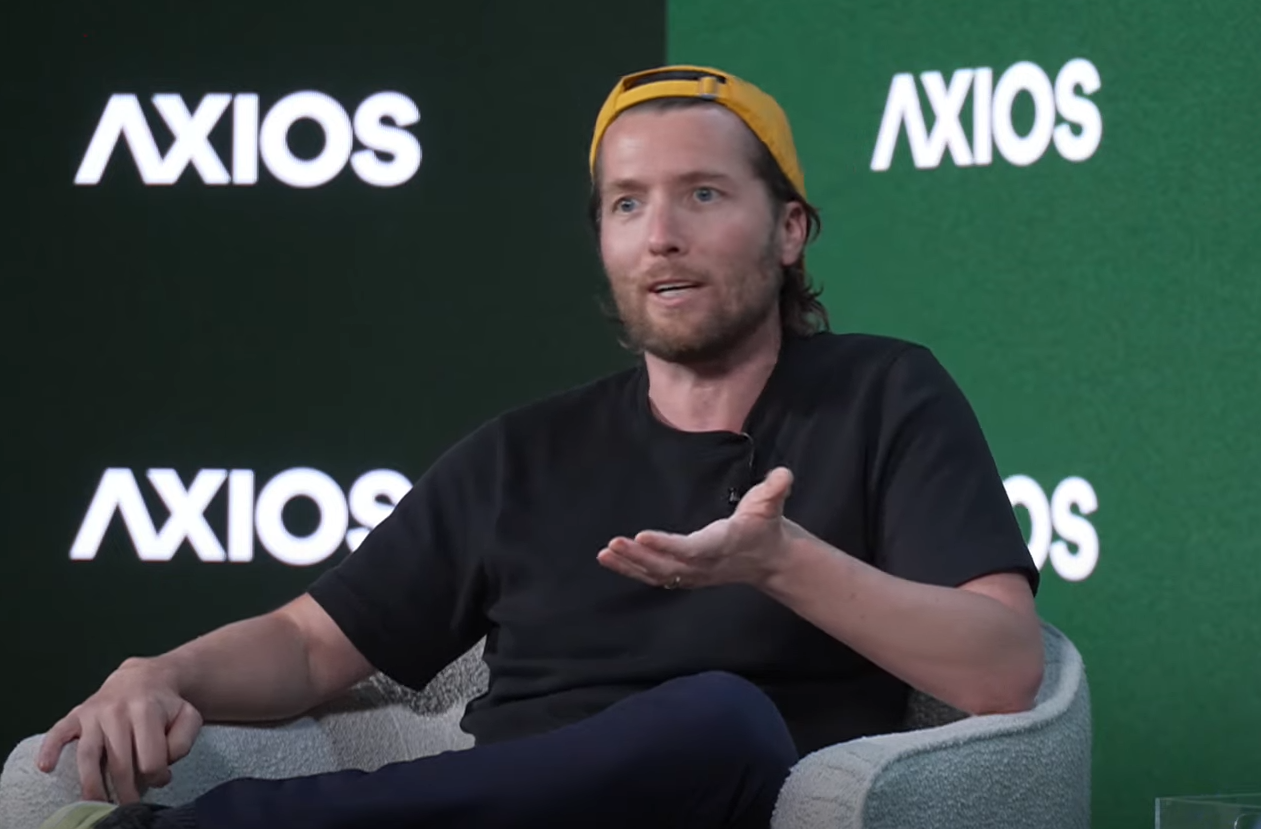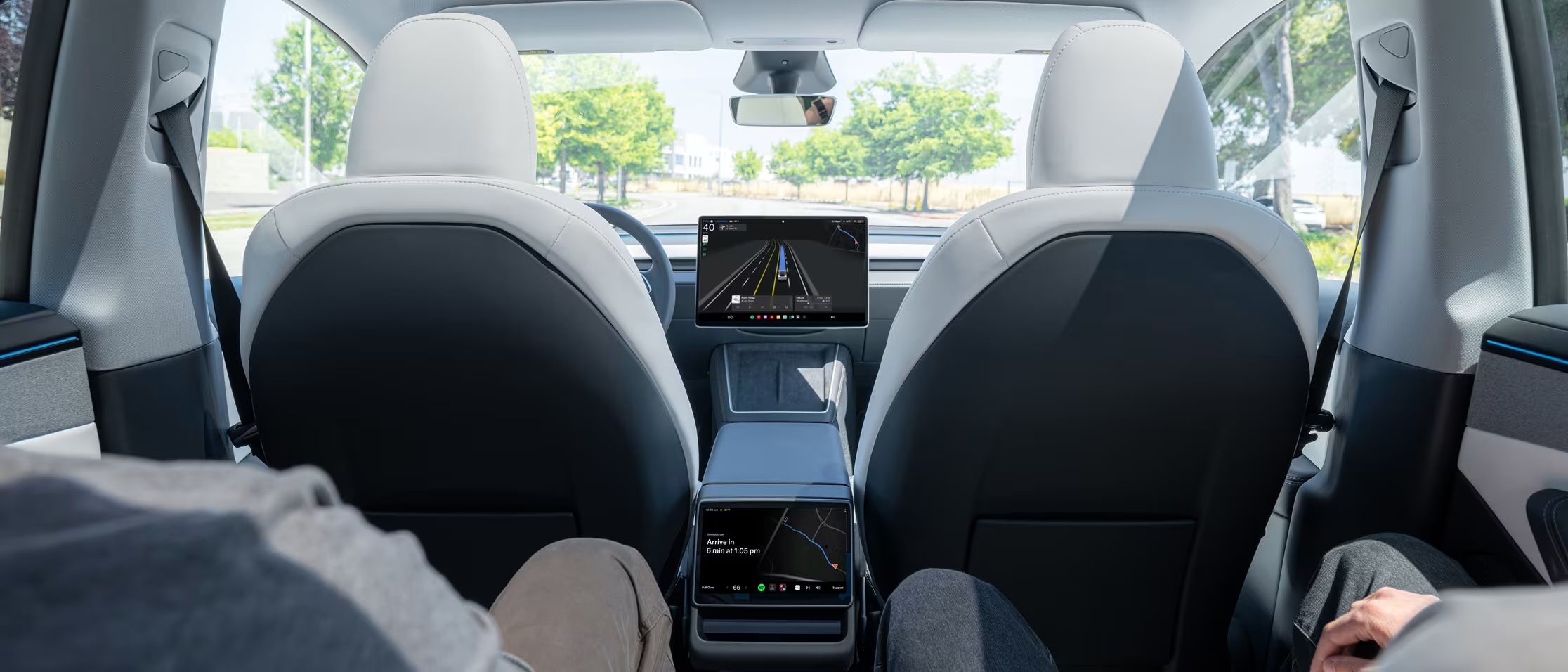
Tesla, the electric vehicle giant, has secured a Transportation Network Company (TNC) permit from Arizona regulators, marking a pivotal moment in its long-pursued ambition to launch a commercial robotaxi service. This regulatory approval, granted on November 17, represents the final official hurdle for the automaker to begin charging for autonomous rides in a state renowned as a proving ground for self-driving technology.
The permit arrival signifies more than just a bureaucratic checkbox; it heralds an imminent escalation in the race for autonomous mobility. Arizona has positioned itself as a progressive haven for autonomous vehicle (AV) development, attracting leading companies eager to test and deploy their driverless innovations. Tesla’s entry into the commercial ride-hailing space here is poised to intensify competition and accelerate the public’s exposure to driverless transportation.
The Robotaxi Vision: Tesla’s Ambitious Pursuit
For years, Tesla CEO Elon Musk has championed a future where privately owned Teslas transform into revenue-generating robotaxis when not in use. This vision is deeply intertwined with the company’s Full Self-Driving (FSD) software, an advanced driver-assistance system that Tesla aims to evolve into a fully autonomous, Level 5 capability. Musk’s projections for robotaxi deployment have often been optimistic, with timelines stretching back to 2019. While the technology has progressed, the journey from advanced driver assistance to true unsupervised autonomy has proven complex and replete with both technological and regulatory challenges.
Tesla’s approach to autonomous driving is distinct from many of its competitors. The company primarily relies on a vision-only system, utilizing an array of cameras around its vehicles to perceive the environment, eschewing more expensive sensor modalities like lidar (light detection and ranging) and radar (radio detection and ranging) that are commonly employed by other AV developers such as Waymo and Cruise. This camera-centric strategy, powered by sophisticated artificial intelligence and neural networks, aims to mimic human visual perception, offering a potentially more scalable and cost-effective solution if perfected. However, critics often point to the inherent limitations of vision in adverse weather conditions or complex lighting scenarios, areas where lidar and radar offer distinct advantages.
Arizona: A Strategic Crucible for Autonomy
Arizona’s favorable regulatory climate and ideal operational conditions have made it a magnet for autonomous vehicle companies. The state’s consistent sunny weather, relatively predictable road infrastructure, and a proactive stance from state leadership, notably former Governor Doug Ducey’s executive orders in 2015 and 2018, have fostered an environment conducive to AV testing and deployment. These policies established a clear framework, allowing companies to test self-driving vehicles on public roads without overly burdensome restrictions, paving the way for commercial operations.
This supportive ecosystem is precisely why Arizona is already home to the most extensive commercial robotaxi service in the United States: Waymo. The Alphabet-owned company, a pioneer in self-driving technology, launched its public pilot in the Phoenix area in 2017, followed by a fully commercial service, Waymo One, in 2018. Today, Waymo robotaxis cover an expansive service area spanning over 315 square miles in the greater Phoenix metropolitan area, providing hundreds of thousands of driverless rides annually. Their presence has demonstrated both the technical feasibility and the operational complexities of scaling an autonomous ride-hailing service, setting a high bar for newcomers like Tesla.
Under Arizona state law, companies seeking to test autonomous vehicles initially go through a self-certification process, affirming their compliance with safety standards and operational protocols. This allows for testing with or without a safety driver behind the wheel. However, for a company to operate a commercial ride-hailing service—whether human-driven or autonomous—that charges fares, a separate Transportation Network Company permit is mandatory. This TNC permit ensures adherence to broader consumer protection, insurance, and operational safety requirements that govern all commercial ride-sharing enterprises.
Tesla’s Path to Arizona Approval
Tesla’s engagement with Arizona regulators has been a deliberate, multi-stage process. The company first contacted the Arizona Department of Transportation (ADOT) in June, expressing a clear interest in operating autonomous vehicle ride-sharing services within the bustling Phoenix Metro area. This initial outreach signaled Tesla’s serious intent to expand its robotaxi ambitions beyond its existing limited deployments.
Following this, Tesla proceeded with the state’s self-certification process for autonomous vehicle testing. This involved submitting documentation to ADOT to confirm its capability to test AVs, both with and without a human safety operator. This self-certification was completed in September, officially allowing Tesla to commence testing its FSD-equipped vehicles on Arizona’s public roads under various conditions. The final and crucial step, applying for and receiving the TNC permit on November 17, now enables the company to transition from mere testing to commercial operation, opening the door to generate revenue from its autonomous rides.
The Broader Robotaxi Landscape: Competition and Evolving Standards
The landscape of autonomous ride-hailing is dynamic and highly competitive, punctuated by significant technological advancements and regulatory shifts. Beyond Waymo’s established presence, other players like Cruise (General Motors’ AV subsidiary) have also tested extensively in Arizona, though their recent operational setbacks in California have cast a shadow over their immediate expansion plans. Zoox (Amazon-owned), Motional (Hyundai and Aptiv joint venture), and Mobileye (Intel subsidiary) are also actively developing and testing autonomous solutions, each with distinct technological approaches and deployment strategies.
The public’s perception of autonomous vehicles remains a critical factor. While early adopters show enthusiasm, widespread trust hinges on an impeccable safety record and transparent communication from AV operators. High-profile incidents, even isolated ones, can significantly impact public confidence and lead to increased regulatory scrutiny, as seen with Cruise’s recent challenges. The industry faces the dual challenge of proving the technology’s safety and reliability while also addressing societal concerns ranging from job displacement for human drivers to ethical dilemmas in accident scenarios.
Regulatory frameworks, while evolving, still present a patchwork across the United States. While states like Arizona, California, and Texas have been at the forefront of establishing AV regulations, the lack of a comprehensive federal standard means companies must navigate diverse rules, permitting processes, and operational restrictions on a state-by-state basis. This fragmented regulatory environment adds complexity and cost to scaling autonomous services nationwide.
Tesla’s Incremental Deployments and FSD Evolution
Prior to the Arizona permit, Tesla had already begun making cautious forays into ride-hailing, albeit under varying conditions. In June, the company launched a limited robotaxi service in South Austin, Texas. While operating under the robotaxi moniker, this service currently includes a human safety operator seated in the passenger seat, ready to intervene if necessary. This approach is a common initial step for AV companies, allowing them to gather real-world data and refine their systems under controlled conditions before removing the human element. The Austin deployment likely serves as a crucial learning ground for Tesla, helping to fine-tune its FSD software for commercial ride-hailing operations.
Similarly, in California, Tesla operates what might be termed a "pseudo-ride-hailing" service. Lacking the necessary TNC permits to offer commercial robotaxi services to the general public in California, the company instead utilizes its employees to drive Tesla Model Y vehicles equipped with Full Self-Driving Supervised software to pick up riders. This operation, typically under a charter service permit, allows Tesla to continue accumulating valuable real-world data and demonstrate the capabilities of its FSD system in a semi-commercial context, even if it cannot yet charge the public for these rides. These incremental deployments underscore Tesla’s strategy of iterative development and deployment, gathering extensive mileage and data to validate and improve its autonomous capabilities.
The term "Full Self-Driving Supervised" itself is indicative of the current state of Tesla’s technology. It emphasizes that while the system offers advanced automation, it still requires active driver supervision and readiness to take over. The leap from a supervised system to a truly driverless Level 4 or Level 5 autonomous vehicle capable of operating without any human intervention is substantial. The Arizona TNC permit technically allows for a fully driverless service, but the practical deployment will depend entirely on Tesla’s confidence in the FSD system’s readiness for unsupervised operation. It is highly probable that Tesla will initially launch its Arizona robotaxi service with human safety operators, mirroring its Austin strategy, before gradually transitioning to fully driverless operations as the technology matures and regulatory comfort levels increase.
Market and Societal Impact: A Glimpse into the Future
The expansion of robotaxi services, particularly with a high-profile player like Tesla, carries significant potential for market and societal disruption. It could fundamentally alter urban mobility, challenging the traditional ride-hailing duopoly of Uber and Lyft by offering potentially lower costs and a distinct user experience. For cities, widespread robotaxi adoption could lead to reduced private car ownership, alleviate parking pressures, and optimize traffic flow, especially if vehicles are efficiently dispatched and utilized.
Economically, the impact is multifaceted. While the creation of new jobs in areas like fleet maintenance, remote monitoring, and software development is anticipated, there’s also the contentious issue of job displacement for professional drivers. Environmentally, an all-electric robotaxi fleet, such as Tesla’s, promises significant reductions in urban emissions and noise pollution, contributing to cleaner, quieter cities. Socially, enhanced mobility options for individuals who cannot drive due to age, disability, or lack of licensure could significantly improve accessibility and quality of life.
The Road Ahead: A New Chapter for Autonomous Mobility
The Arizona permit represents a crucial inflection point for Tesla’s robotaxi ambitions. It transitions the company from a purely developmental and testing phase to a commercial operational one in a state that has proven hospitable to AV innovation. While the permit is the "last required step" from a regulatory standpoint, the true challenges now shift to operational execution and technological perfection.
The coming months will be critical for observing how Tesla leverages this new freedom. Will it opt for an immediate, albeit supervised, launch in Phoenix? How quickly will it aim to scale its operations and remove human safety drivers? These questions will define Tesla’s competitive posture against Waymo and others, transforming Arizona into an even more intense battleground for autonomous mobility. The deployment of Tesla’s robotaxis, whether initially supervised or eventually fully driverless, will undoubtedly provide invaluable real-world data, push the boundaries of current FSD technology, and contribute significantly to the ongoing global dialogue about the safety, ethics, and future of autonomous transportation.
